41 what information is mandatory on chemical container labels
Chemical Container Labels | EHS - University of Washington The Hazard Communication Standard requires secondary chemical container labels contain at least the following information: Identity of the contents (spell out chemical names) Signal word, if known or suspected (e.g., "danger", "warning") Hazards, if known or suspected (e.g., "flammable", "corrosive", "irritant") GUIDE TO MANDATORY LABELLING REQUIREMENTS FOR COSMETICS … 13.06.2021 · In this article, we have described mandatory labelling requirements for sale of cosmetics in India. Understanding inner label and outer label. Typically, a cosmetic product would have labels on the container (“inner label”), an outer wrapper or box (“outer label”), and sometimes a leaflet containing instructions or additional information.
Secondary Container Labels 101: HazCom and WHMIS - ERA … Secondary Container Labels in the United States. In the US secondary container labels are required when operations in a work-place setting includes the transferring of smaller amounts from the original container to a secondary container such as a beaker, flask, or bottle. These secondary labels need to comply with OSHA’s HCS.
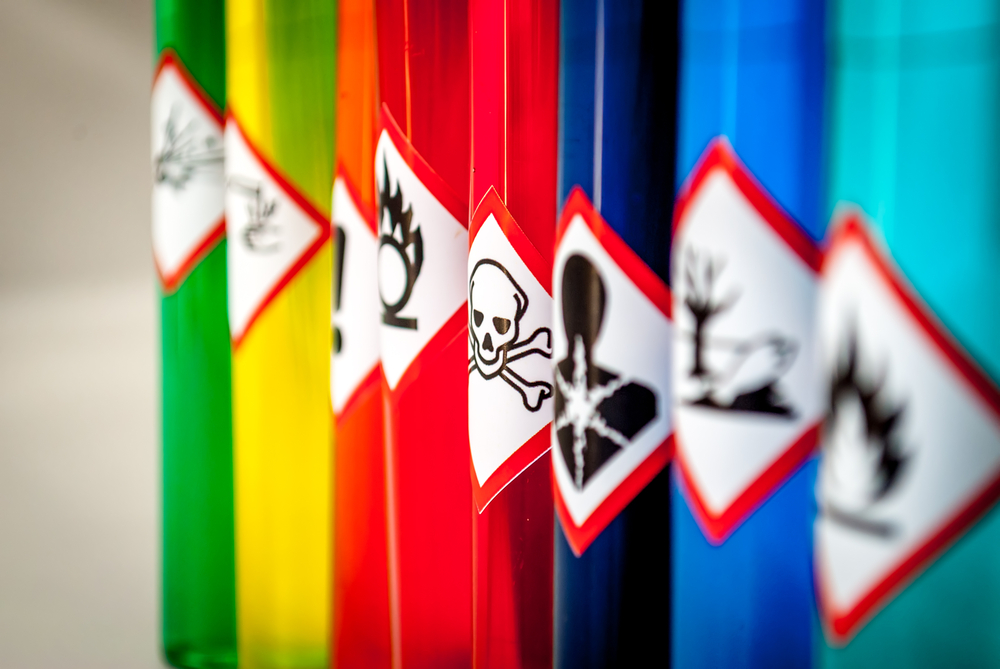
What information is mandatory on chemical container labels
Proper Chemical Storage Guidelines for Containers in a Safety ... Sep 17, 2018 · Guidance for handling and storage, including container compatibility issues: Mandatory: 8: Exposure Controls / PPE: Measures to limit exposure and appropriate PPE for the specific chemical product: Mandatory: 9: Physical and Chemical Properties: List of relevant properties, including appearance, odor, flammability, etc. Mandatory: 10: Stability ... GHS Labels | GHS Labeling Software | Chemical Safety GHS labels require six key pieces of information to be fully compliant: Signal Word: used to indicate the relative level of severity of the hazard and alert the reader to a potential hazard on the label. Hazard Pictograms: graphic symbols used to communicate specific information about the hazards of a chemical. Proper Chemical Storage Guidelines for Containers in a ... - Justrite Guidance for handling and storage, including container compatibility issues: Mandatory: 8: Exposure Controls / PPE: Measures to limit exposure and appropriate PPE for the specific chemical product: Mandatory: 9: Physical and Chemical Properties: List of relevant properties, including appearance, odor, flammability, etc. Mandatory: 10: Stability ...
What information is mandatory on chemical container labels. What Required Information Must GHS Labels Include? - MPC These labels, however, must contain required information and other elements, and they must be easily understood. For instance, all shipped hazardous chemical containers must be labeled with a signal word, pictogram, hazard statement, and a precautionary statement for each hazard class and category. Information on hazardous chemical labels | Safe Work Australia The label must also be firmly fixed to the hazardous chemical's container. It should not be hidden or in a spot where it could be removed, such as on the lid. The label must include the: product identifier manufacturer's or importer's name, Australian address and business telephone number Chemical Container Labeling - Northwest Safety Here are some of the key requirements to be aware of: All labels must have pictograms, a signal word, hazard and precautionary statements, the product identifier, and supplier identification. Workplace labels must be provided in English. Other languages should be added to the label if applicable or necessary. PDF Hazard Communication Standard Labels - Occupational Safety and Health ... All labels are required to have pictograms, a signal word, hazard and precautionary statements, the product identifier, and supplier identification. A sample revised HCS label, identifying the required label elements, is shown on the right. Supplemental information can also be provided on the label as needed. Hazard Communication Standard Labels
GHS Labels | GHS Labeling Software | Chemical Safety GHS labels require six key pieces of information to be fully compliant: Signal Word: used to indicate the relative level of severity of the hazard and alert the reader to a potential hazard on the label. Hazard Pictograms: graphic symbols used to communicate specific information about the hazards of a chemical. Labelling - Health and Safety Authority Elements of a Hazard Label · name, address and telephone number of the EU supplier · product identifiers e.g. chemical name and CAS/EC no. · relevant hazard ... What Information Is Required On Secondary Container Labels? - XO Safety Secondary chemical containers are the chemical containers most often found in the workplace. While chemical shipping containers must have the full GHS label, OSHA provides employers with a lot of flexibility to create their own secondary container labeling systems. OSHA Requirements for Secondary Container Labels Rules for Proper Secondary Container Labeling - HSI Secondary Container Label Requirements. Employers must make sure each container of hazardous chemicals in the workplace is labeled, tagged, or marked with either of the following: All the specific information for the labels on shipped containers. The hazard identification and words, pictures, symbols, or a combination provide at least general ...
Chemical Waste Disposal | EHS - University of Washington Chemicals that are corrosive, flammable, toxic or explosive are "hazardous." Some additional chemicals are managed as hazardous waste at UW because they are known, probable or suspected carcinogens, teratogens, irritants and/or sensitizers (see a current safety data sheet for the chemical to determine if the chemical is any of these.) For more information, refer to … Chemical Waste Disposal | EHS - University of Washington You will go through the process of searching for each chemical in the container, indicating a percentage of each. When all chemicals in the container add up to 100%, you will be asked for container information including type and volume/weight information. Save to get the new waste container added to your list. The next page displays the list of ... OSHA FACT SHEET Hazard Communication Standard's label ... Chemical users should always see the same statement for the same hazards, no matter what the chemical is or who produces it. All of the applicable hazard ... Aniline | C6H5NH2 - PubChem Aniline is a clear to slightly yellow liquid with a characteristic odor. It does not readily evaporate at room temperature. Aniline is slightly soluble in water and mixes readily with most organic solvents. Aniline is used to make a wide variety of products such as polyurethane foam, agricultural chemicals, synthetic dyes, antioxidants, stabilizers for the rubber industry, …
Safe Work Australia It is the responsibility of the Australian manufacturer/importer to determine if their product is a hazardous chemical and if so, to correctly classify their product. If you are unsure about the classification of a chemical not included in this database you should contact your chemical supplier or the manufacturer/importer for more information or source independent …
Container Labeling: A Key to Compliance - Occupational Health & Safety Each container of hazardous chemicals must have a Material Safety Data Sheet (MSDS) that lists hazardous components and provides information about health hazards, proper use, and emergency...
Draft Chemicals Management and Safety Rules (CMSR) In exercise of the powers conferred by Sections 3, 6 and 25 of the Environment (Protection) Act, 1986 (29 of 1986), and in supersession of the Manufacture, Storage and Import of Hazardous Chemical Rules, 1989 and the Chemical Accidents (Emergency Planning, Preparedness and Response) Rules, 1996, except things done or omitted to be done before such supersession, …
A Guide To Labeling Systems For Chemicals - Supplemental information, including expiration date, manufacturing date, recommended personal protective gear and directions for use. Two column labels are mostly seen on large containers, like 50 gallon drums. If less information is needed, or the label needs to fit a small package, you can use chemical labels laid out in a single column:
Acronyms and glossary terms - Therapeutic Goods Administration … Goods: that are represented in any way to be, or that are, whether because of the way in which the goods are presented or for any other reason, likely to be taken to be: for therapeutic use; or for use as an ingredient or component in the manufacture of therapeutic goods; or for use as a container or part of a container for goods of the kind referred to in subparagraph (i) or (ii); or …
California Code of Regulations, Title 8, Section 5194. Hazard ... Sep 28, 2018 · (1) This section requires manufacturers or importers to classify the hazards of chemicals which they produce or import, and all employers to provide information to their employees about the hazardous chemicals to which they may be exposed, by means of a hazard communication program, labels and other forms of warning, safety data sheets, and information and training.
4 Quick Tips to Help You Ace OSHA Secondary Container Labeling Tip #2: Play it Safe with GHS Labels for All Chemical Containers. OSHA HazCom standards allow for some limited flexibility when labeling secondary containers. For example, there are six clear elements required for primary containers but less strict, more nuanced specifications for secondary containers. It's important to note that the less ...
Hazard Communication - Container Labeling - OSHAcademy free online training The various types of container labels that will be discussed include: Primary (Shipped) container labels are found on the shipping containers and containers received for use. Secondary (Workplace) container labels are found on employer containers, such as a smaller container used to store a chemical. For example, a spray bottle containing a ...
Chemical Safety: Labels and SDSs - Washington State University Chemical Container Labeling Every chemical container must be labeled by the manufacturer or supplier with general information on the potential hazards and how to use the product safely. The label at a minimum must have the: name of the product, name and address of the manufacturer, and the physical and health hazards associated with the product.
Reference Guide to GHS Container Labels - UArizona Research, Innovation ... There are six required sections of a GHS-compliant chemical container label: Product Identifiers GHS Pictograms Signal Words Hazard Statements Precautionary Statements Supplier Identification 1. Product Identifiers The product identifier is most often the common product name of the chemical, and must match the product identifier on the SDS.
Everything You Need to Know About Labeling Secondary Containers - LEM Labeling secondary containers can reduce the number of accidents in the workplace and protect worker health and safety. Examples of secondary containers include: Storage bottles used for distributing small amounts of the chemical. Storage bottles used to dilute the chemical. Spray bottles. Beakers, test tubes, or vials.
New hazardous waste container label requirements | EHS Remember: On hazardous waste containers larger than four liters, you must use one of these labels in addition to a properly filled out UW Hazardous Waste Label. For more information, refer to the focus sheet How to Label Chemical Waste Containers or contact EH&S's Environmental Programs team at 206.616.5835 or chmwaste@uw.edu with questions ...
9 CFR § 317.2 - Labels: definition; required features. 17.08.2022 · (3) Off the exterior of the container, e.g., on a metal clip used to close casings or bags, or on the back of a paper label of a canned product, or on other packaging or labeling material in the container, e.g., on aluminum pans and trays placed within containers, when a statement of its location is printed contiguous to the official inspection legend, such as “EST. …
Container Labeling | Office of Environmental Health and Safety | ECU Labels of incoming manufactured products or chemicals must contain 6 key elements: Signal Word Pictograms Manufacturer Information Precautionary Statement(s) Hazard Statement(s) Product name or identifiers OSHA requires that labels on incoming containers of hazardous materials must not be removed or defaced until the container is empty and rinsed.
Secondary Container Labels 101: HazCom and WHMIS In the US secondary container labels are required when operations in a work-place setting includes the transferring of smaller amounts from the original container to a secondary container such as a beaker, ... the precautionary Single Word, and a statement indicating the full label information for the chemical is provided on the outside package ...
Labeling secondary containers - JJKellerSafety.com If the chemical is going to be used only "in house," then the container is to be labeled in accordance with 1910.1200 (f) (6) . Label it with the product identifier, words, pictures, symbols, or a combination thereof. You can use HMIS or NFPA labels, or your own system, for in-house container labels as stated in 1910.1200 (f) (7).
EPA and DOT Hazardous Waste Labeling Requirements EPA/RCRA labeling requirements. To begin with, EPA stipulates that any waste container equal to or less than 119 gallons must be properly labeled. The standard waste container is a 55 gallon drum, but smaller containers can be used too. Having said that, EPA requires the label to include the following information:
Occupational Safety and Health Administration iii) Name and address of the chemical manufacturer, importer, or other responsible party. The using employer has the responsibility to ensure that each container of hazardous chemical in the workplace is labeled, tagged, or marked with the following information: i) Identity of the hazardous chemical (s); ii) Appropriate hazard warnings.
OSHA Hazard Communication Standard, 29 CFR 1910.1200 at ILPI (b)(1) This section requires chemical manufacturers or importers to classify the hazards of chemicals which they produce or import, and all employers to provide information to their employees about the hazardous chemicals to which they are exposed, by means of a hazard communication program, labels and other forms of warning, safety data sheets, and information and training.
Chemical Container Label Requirement | EMC - EMC Insurance Each label must contain the following information: Identity of the material Signal word Hazard statement (s) Pictogram (s) Precautionary physical and health hazards associated with the material Name and address of the chemical manufacturer, importer or other responsible party
Proper Labeling Chemical Containers - Hazcom ... - OSHA Review The chemical manufacturer must ensure that primary label is marked with the following information: Product identifier - The name or number used for a hazardous chemical on a label or in the safety data sheet (SDS). Signal word - A word used to indicate the relative level of severity of hazard and alert the user to a potential hazard.
GHS Labeling - OSHAcademy Free Online Training The information required on shipped container labels; or, Product identifier and words, pictures, symbols, or combination thereof, which provide at least general information regarding the hazards of the chemicals, and which, in conjunction with the other information immediately available to employees under the hazard communication program, will ...
Requirements for Shipped Container and Workplace Labels Requirements for Shipped Container and Workplace Labels. As part of the 2012 revision of the Hazard Communication Standard, 29 CFR 1910.1200, OSHA adopted new hazardous chemical labeling requirements for shipped containers that align with the United Nations' Globally Harmonized System (GHS) of Classification and Labeling of Chemicals.
Chemical Hazardous Waste Containers: EPA and DOT Labeling Requirements A container used for chemical hazmat onsite storage must be marked with the words "Hazardous Waste." It must also exhibit the starting date for its accumulation along with information about its contents (e.g., toxic, reactive, ignitable, or corrosive). If you're reusing a container, make sure to remove the old labels.
What are the 6 Elements of a GHS Label? - Computype 2. Signal Word. A signal word is used to notify the severity of the hazard. There are only two words that might hold this place on the label: "Danger" (severe hazard) or "Warning" (less severe hazard). Only one word will be on each label, to ensure it is clear to the user the severity of the hazardous chemical. 3.
Safe Work Australia Welcome to the Hazardous Chemical Information System (HCIS) HCIS is an internet advisory service that assists you to find information on chemicals that have been classified in accordance with the Globally Harmonized System of Classification and Labelling of Chemicals (GHS) by an authoritative source, such as the European Chemicals Agency (ECHA) or the Australian Industrial Chemicals ...
Chemical Container Label Requirement - EMC Insurance OSHA 29 CFR 1910.1200(f)(6) requires that health hazard and/or physical hazard criteria of all chemicals be determined, and that information appear on the label ...
PDF HEALTH & SAFETY Chemical Container Labeling Summary of OSHA standards and labeling requirements for Hazardous Chemical Containers Laboratory Areas & Use Non-Laboratory Areas & Use (machine shop, paint shop, etc.) Required Label Information 1 Manufacturer's Secondary container 2 container 3 Manufacturer's container Secondary container Chemical Identity 4 Required 5 Required Required ...
Labeling Requirements | US EPA The label on a pesticide package or container and the accompanying instructions are a key part of pesticide regulation. The label provides critical information about how to handle and safely use the pesticide product and avoid harm to human health and the environment. Labeling Requirement Resources
Proper Chemical Storage Guidelines for Containers in a ... - Justrite Guidance for handling and storage, including container compatibility issues: Mandatory: 8: Exposure Controls / PPE: Measures to limit exposure and appropriate PPE for the specific chemical product: Mandatory: 9: Physical and Chemical Properties: List of relevant properties, including appearance, odor, flammability, etc. Mandatory: 10: Stability ...
GHS Labels | GHS Labeling Software | Chemical Safety GHS labels require six key pieces of information to be fully compliant: Signal Word: used to indicate the relative level of severity of the hazard and alert the reader to a potential hazard on the label. Hazard Pictograms: graphic symbols used to communicate specific information about the hazards of a chemical.
Proper Chemical Storage Guidelines for Containers in a Safety ... Sep 17, 2018 · Guidance for handling and storage, including container compatibility issues: Mandatory: 8: Exposure Controls / PPE: Measures to limit exposure and appropriate PPE for the specific chemical product: Mandatory: 9: Physical and Chemical Properties: List of relevant properties, including appearance, odor, flammability, etc. Mandatory: 10: Stability ...
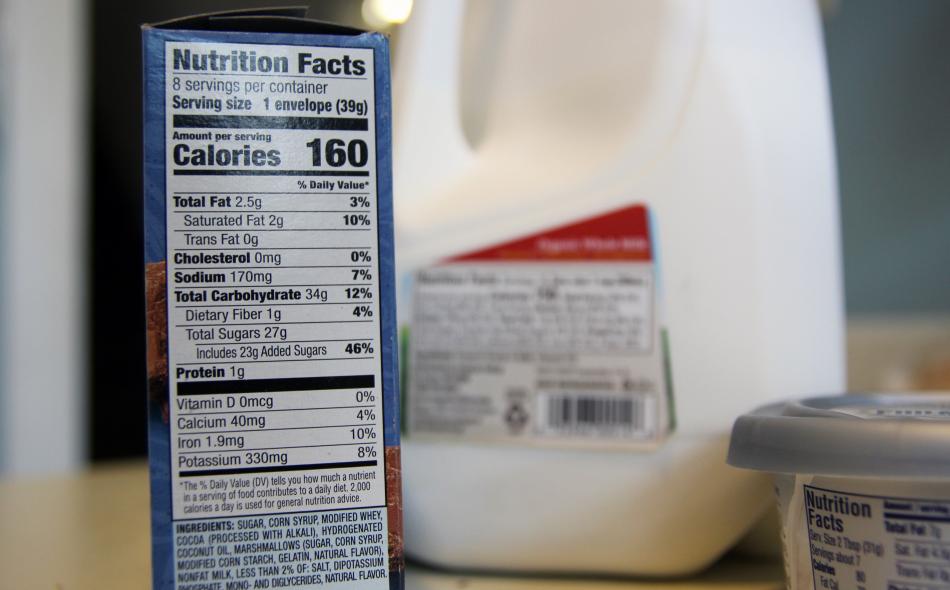


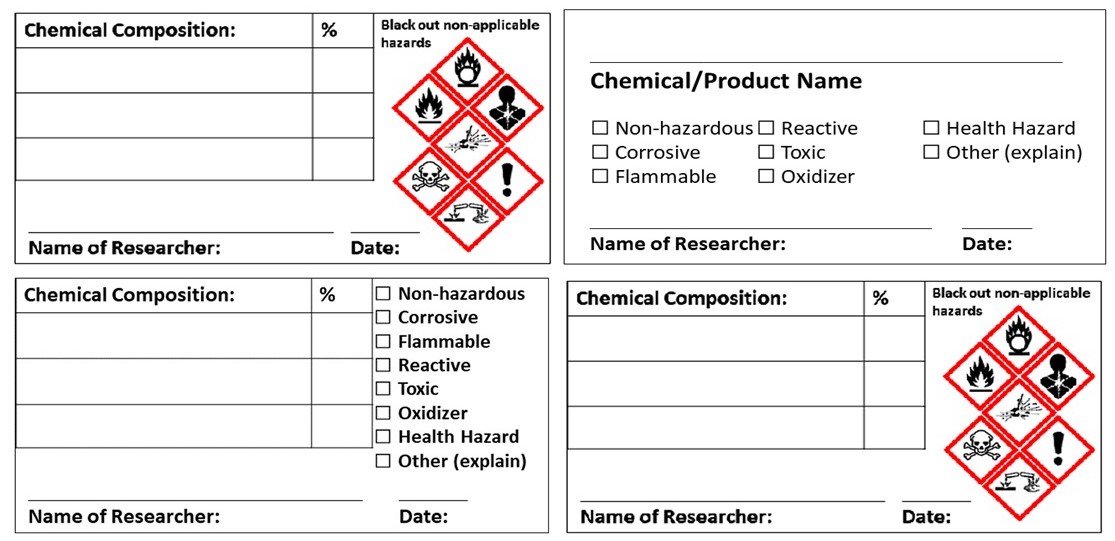

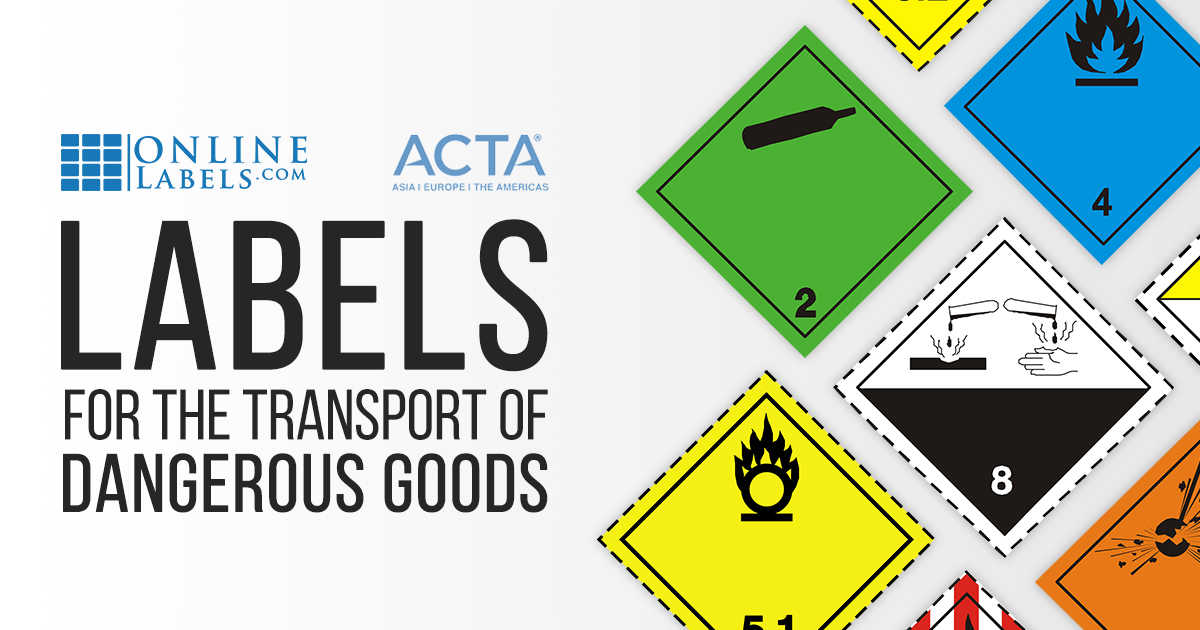

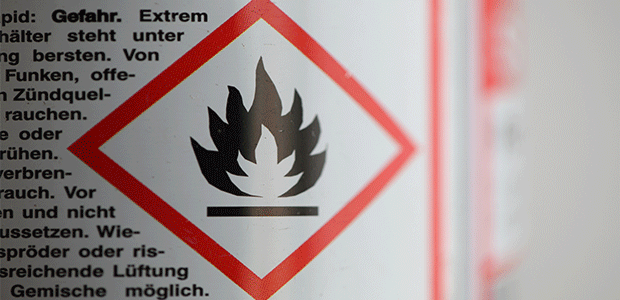
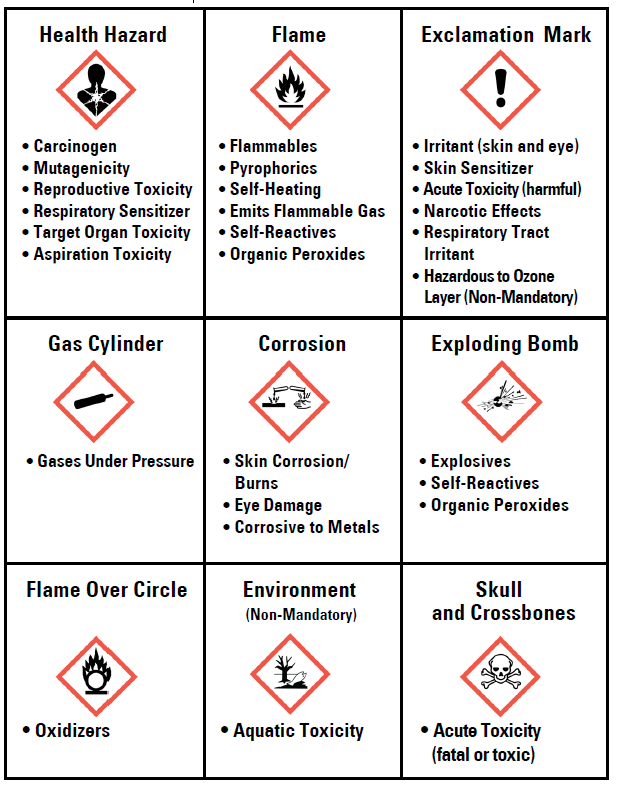


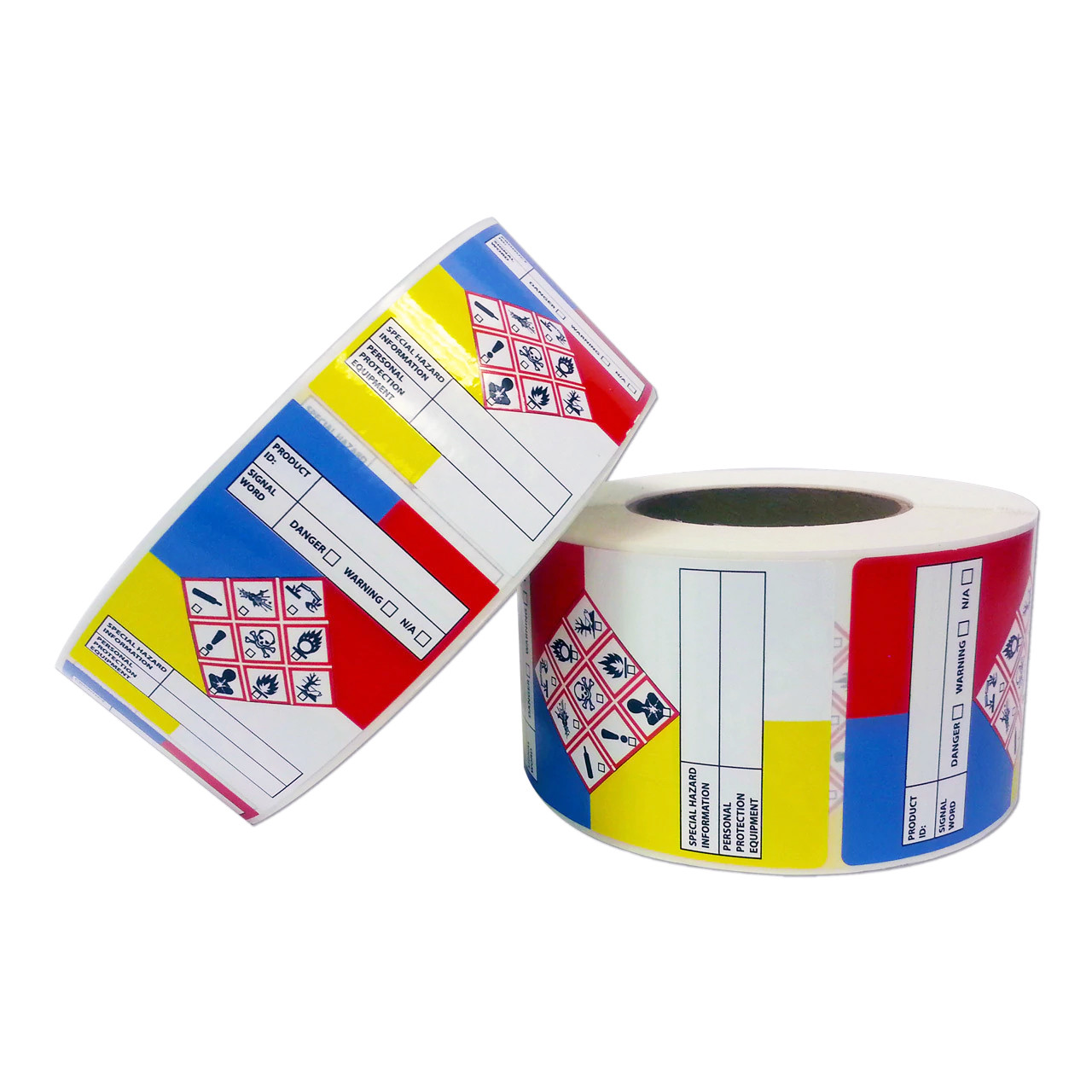

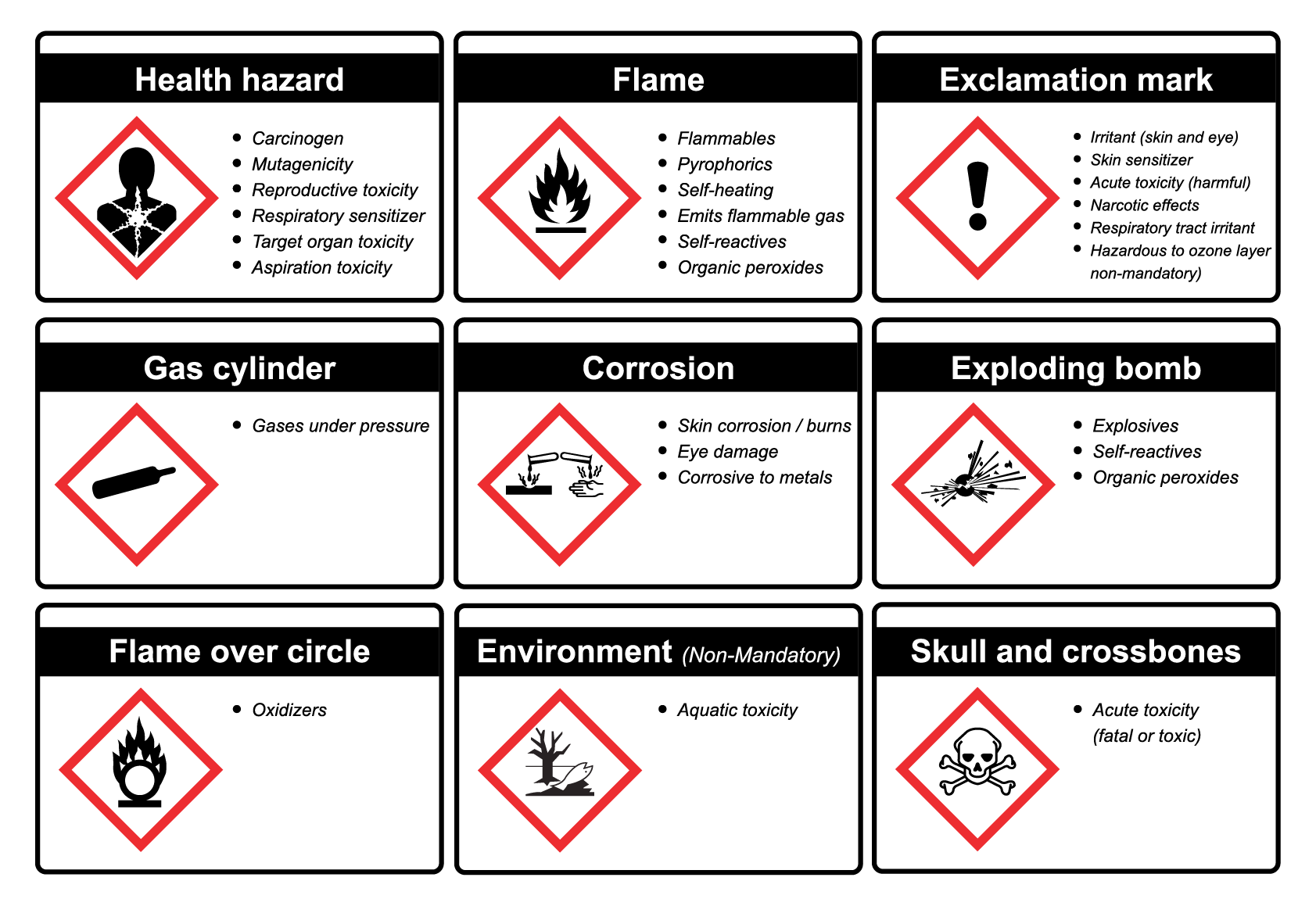

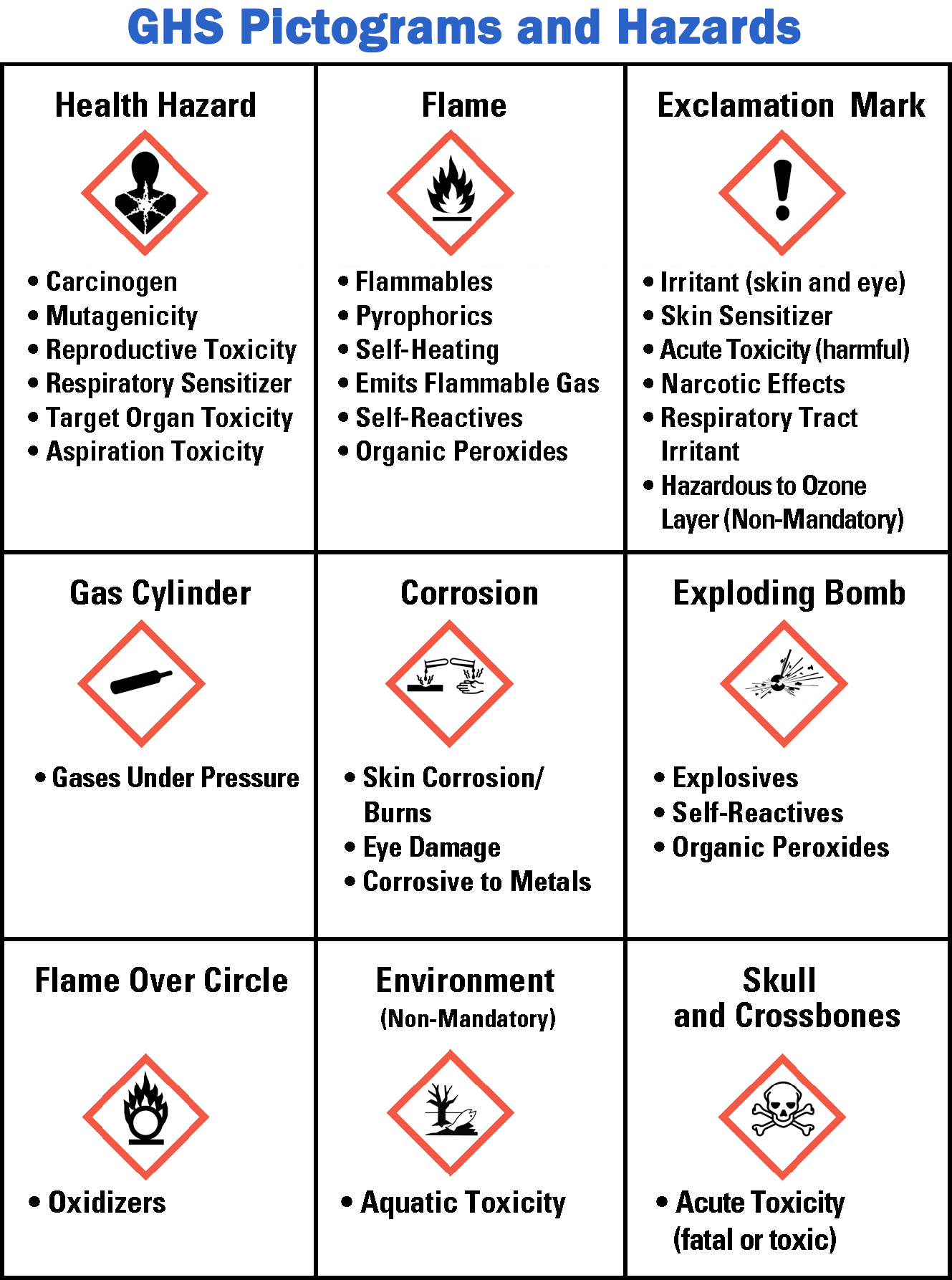
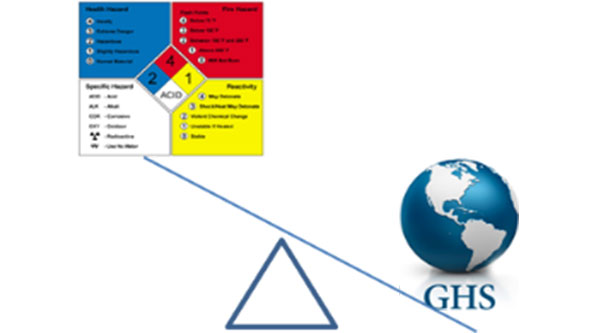
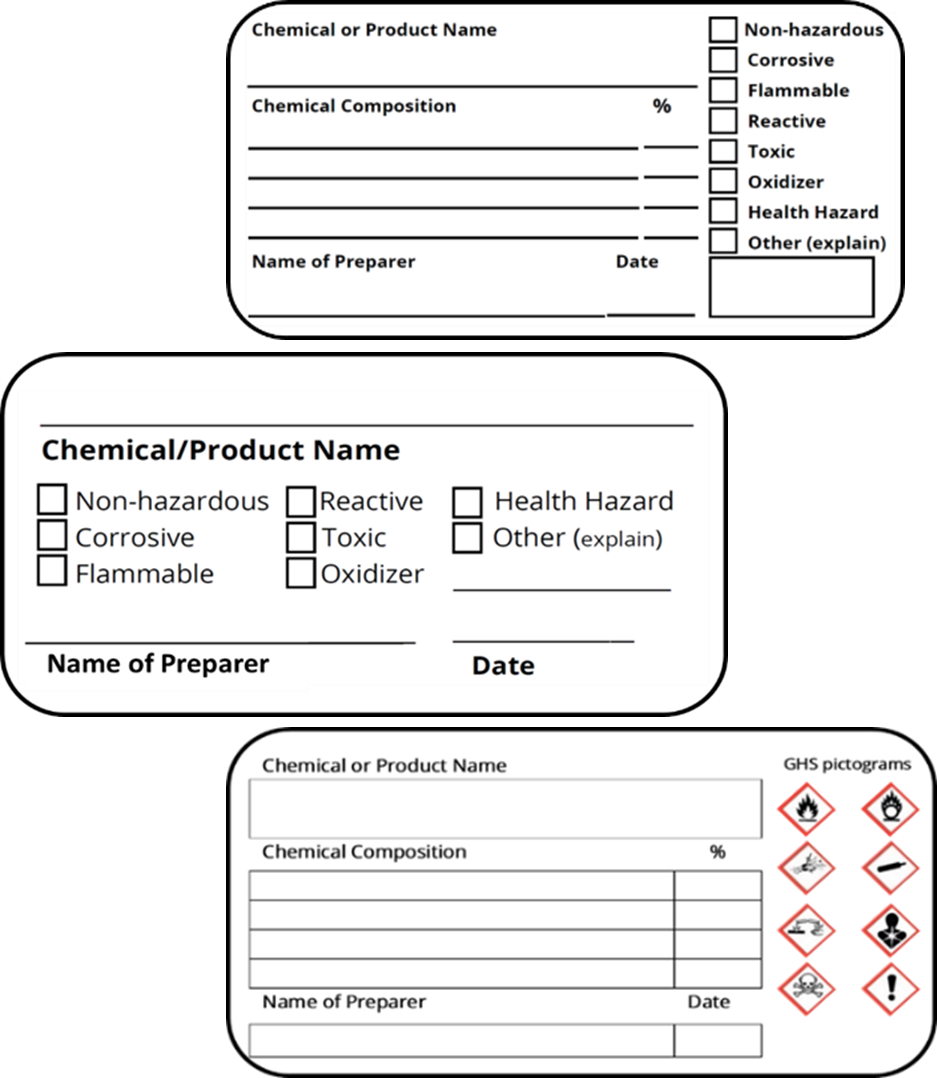



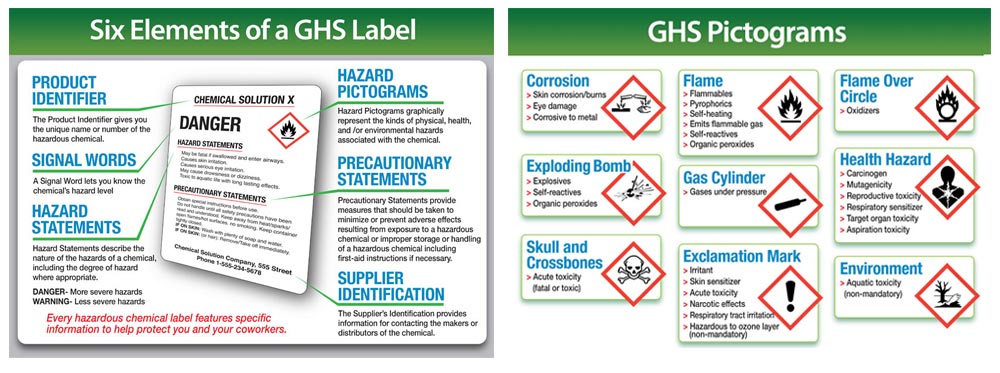
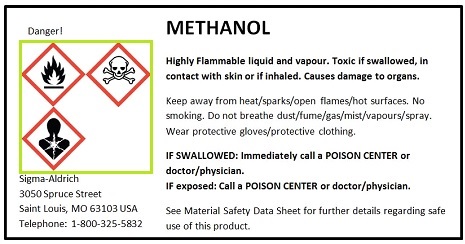
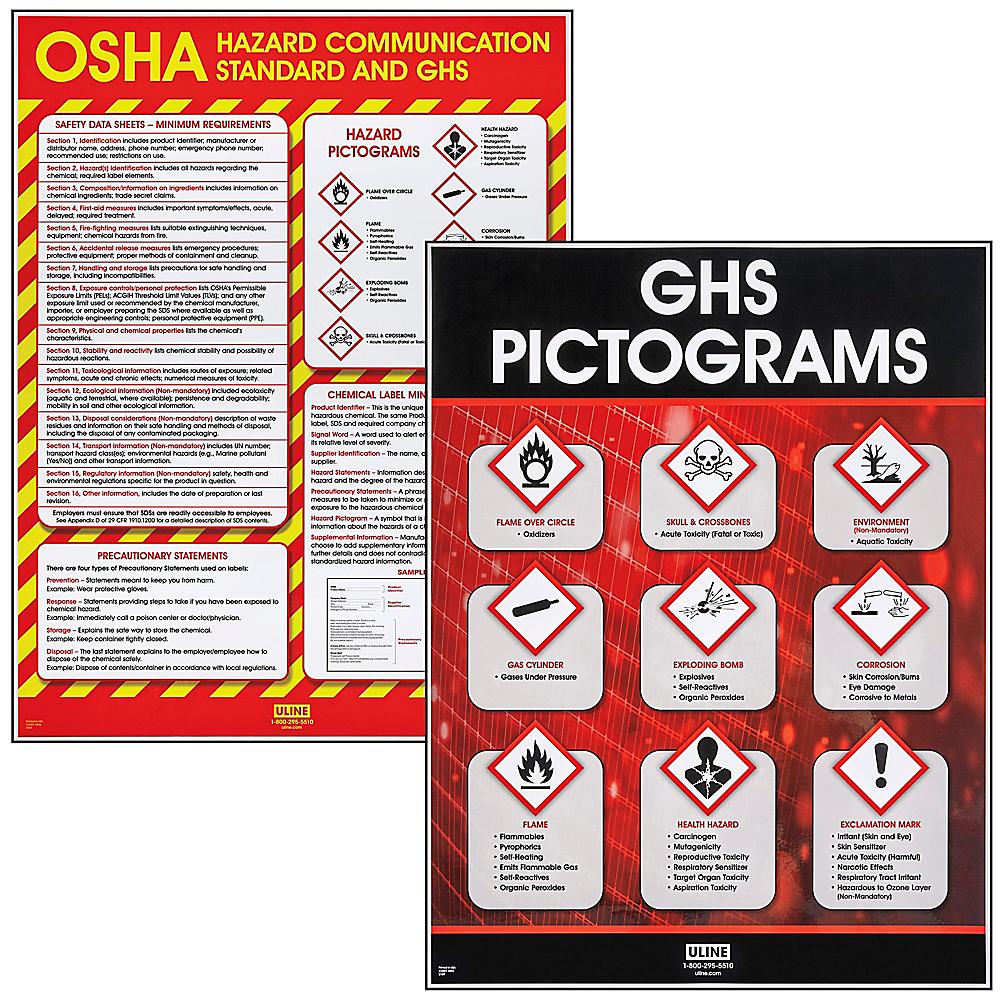

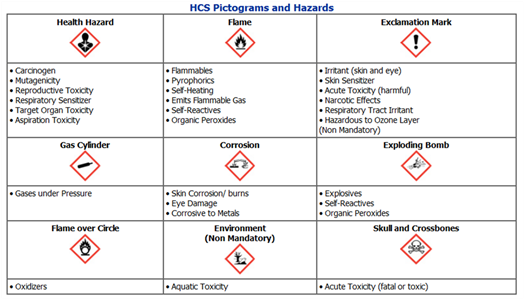
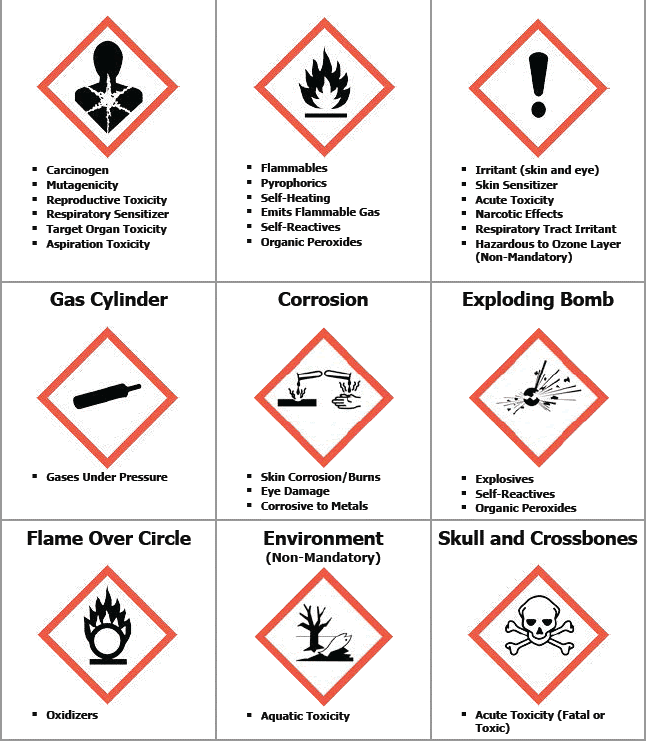

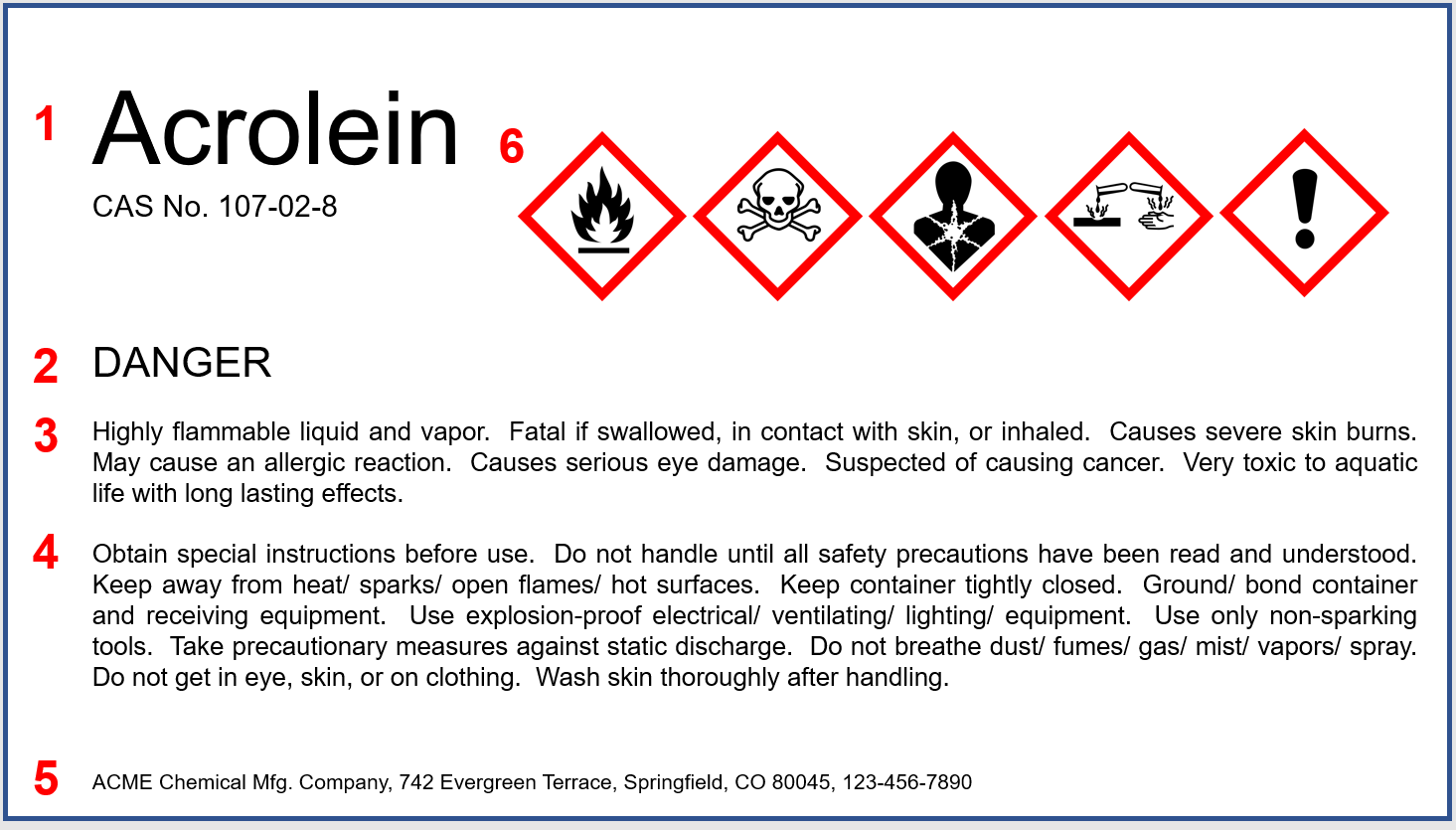

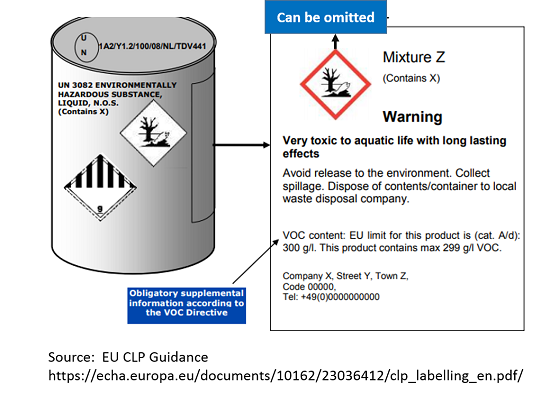

Post a Comment for "41 what information is mandatory on chemical container labels"